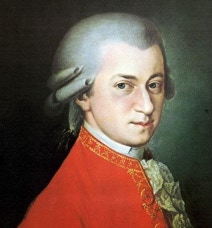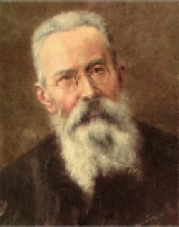
Maurice Ravel
(1875 - 1937)
COMMENTARY
The Music of Ravel

Ravel composed a surprisingly small amount of music: there are approximately sixty compositions, of which slightly more than half are instrumental. The vocal music comprises eighteen songs and song cycles with accompaniment for piano, chamber ensemble, or orchestra. According to Ravel biographer Arbie Orenstein, the composer had “a predilection for dance rhythms, the music of Spain, archaic pastiche and contemporary impressionistic techniques. Thus, from the outset, Ravel’s approach to composition might be called metamorphic—that is, in each new undertaking he would cover fresh ground, placing his personal stamp upon widely differing techniques and idioms.”
As is often stated, Ravel’s art is essentially that of a miniaturist. Daphnis et Chloé, to give but one example, is a large-scale work lasting one hour (by far his longest composition), but it is based on a few short motives. The piano is the privileged instrument in Ravel’s art, not only because he was a pianist and composed at the keyboard, but because virtually all of the fresh trends in his style first appear in the piano music. Many of his orchestra works were originally piano works that were later orchestrated. Ravel considered the strings the soul of the orchestra and generally notated their parts before the other instruments. The composers who influenced him greatly were Rimsky-Korsakov and Richard Strauss (in terms of orchestration), as well as Debussy, Fauré, and Saint-Saëns, but the MOST important composer to him by FAR was Mozart. He idolized Mozart’s music.
The composer’s stated aim as a composer was “technical perfection” (his own words). Hence the relatively small body of work (however, much of it is technically perfect!) from Ravel’s pen. In his own words:
“When the first stroke of a work has been written, and the process of elimination begun, the severe effort toward perfection proceeds by means almost intangible, seemingly directed by currents of inner forces, so intimate and intricate in nature as to defy all analysis.”
Ravel continues to be one of the most-performed composers of all time. Ravel biographer Benjamin Ivry puts it succinctly in his book Maurice Ravel:
A Life (2000):
“Maurice Ravel is France’s most popular composer. In August 1992, the SACEM, the French organization that calculates composers’ and authors’ royalties, announced that Ravel was the top French earner of royalties, more than any pop, rock, or film composer. His heirs rake in from ten to twelve million francs per year, and Ravel’s work will continue to pay royalties until it falls into the public domain in the year 2012.”
Mozart

Strauss
Rimsky-Korsakov

